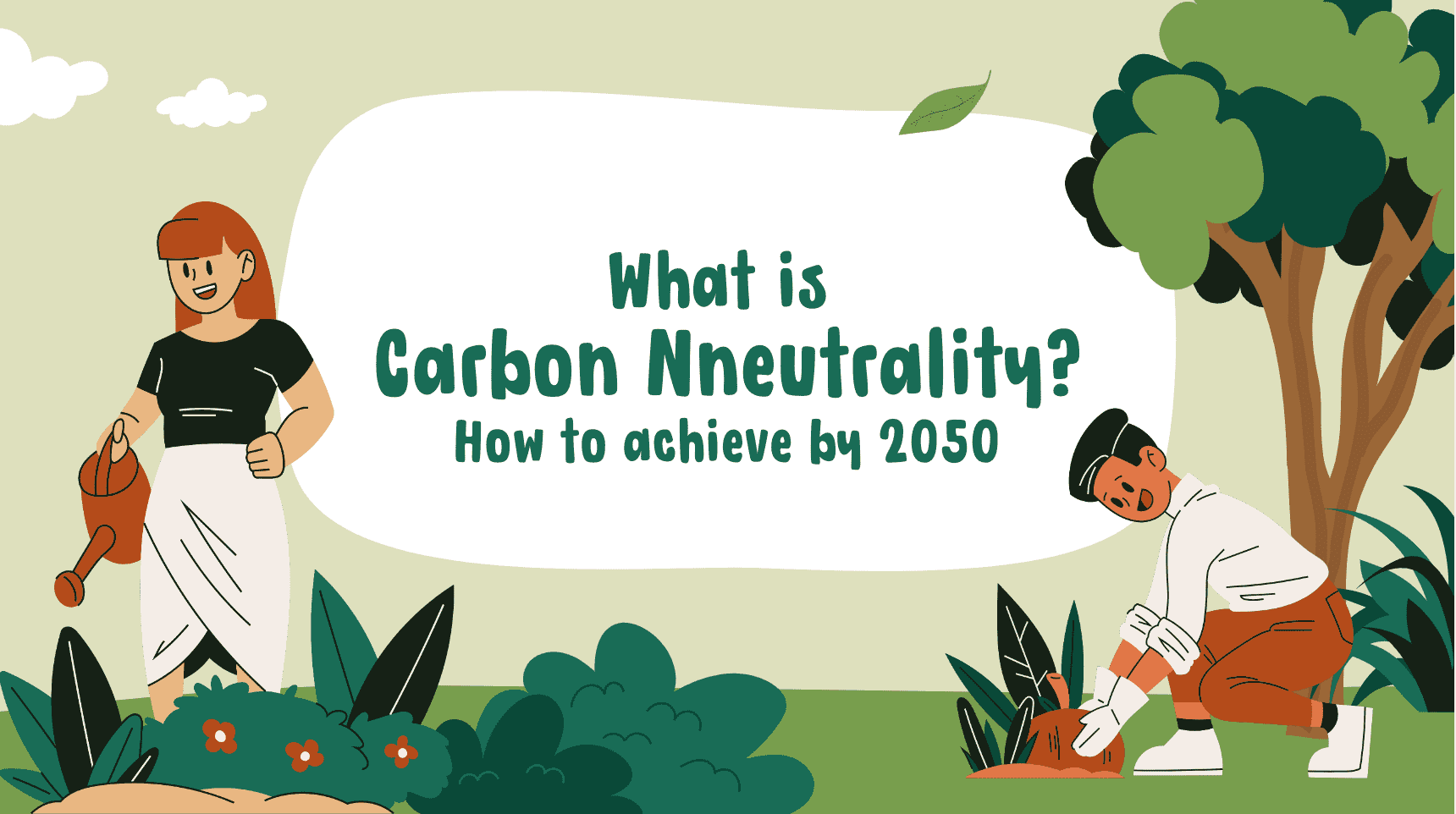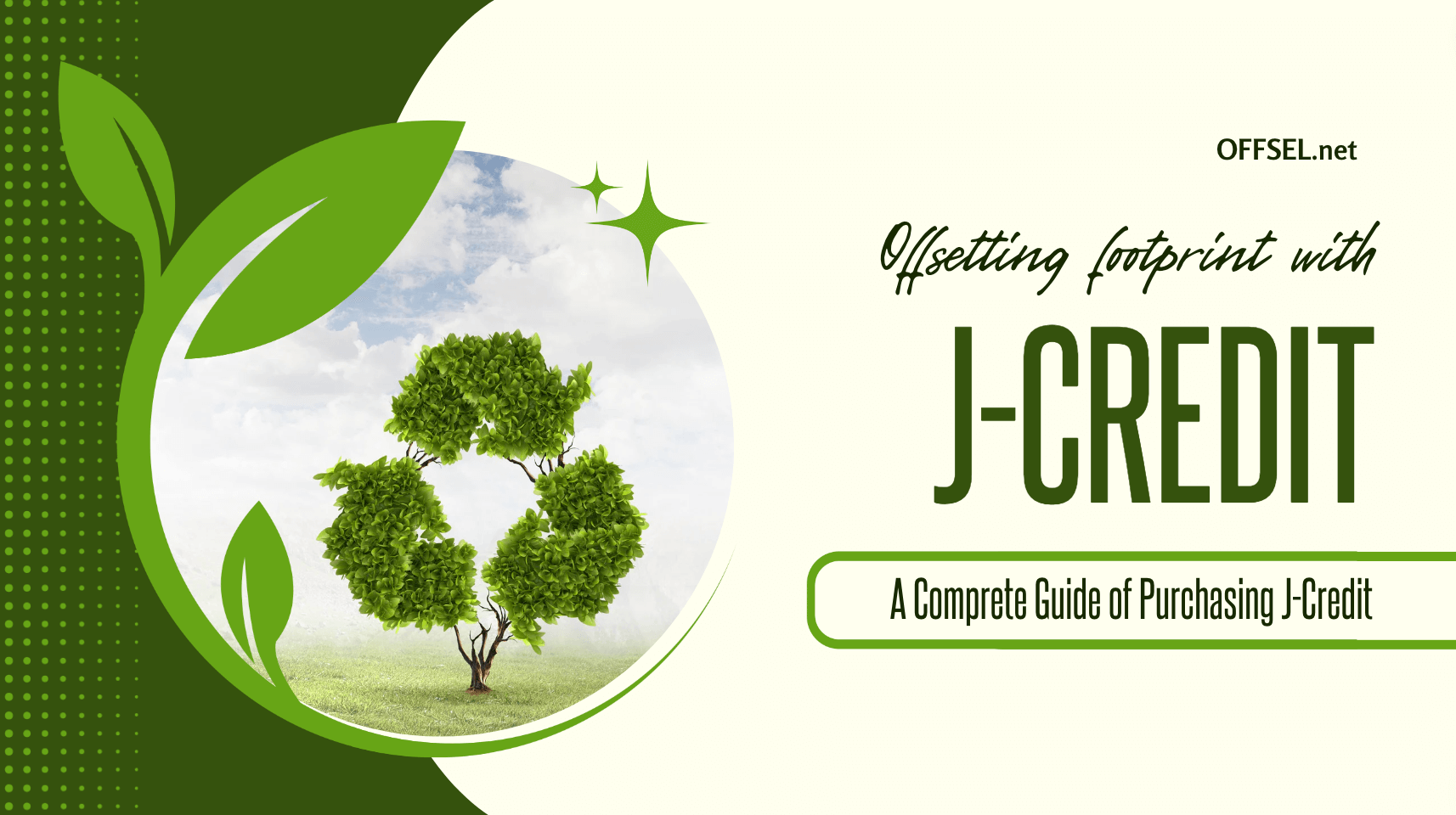Benefits and Challenges of the Clean Development Mechanism
- CO2-reduction

The Clean Development Mechanism (CDM), established under the Kyoto Protocol, represents a significant stride in international efforts to address climate change while promoting sustainable development. We will summarize the background behind its establishment, the current situation in the world, and the issues that can only be understood now, more than 20 years after the decision was made.
Table of Contents
Understanding the Clean Development Mechanism
The Clean Development Mechanism (CDM) is a flexibility measure established by the Kyoto Protocol in 1997. It is one of the Kyoto Mechanisms set up to achieve the goals.
The Kyoto Protocol set legally binding targets for developed countries to reduce their greenhouse gas emissions. It was adopted to ensure more reliable reduction of greenhouse gases through collaboration among countries.
However, this protocol was created under the principle that developed countries should bear the responsibility for greenhouse gases emitted during their past development. There are no restrictions on developing countries, which are likely to emit a significant amount of greenhouse gases in the future.
Against this background, the CDM was born as a system that benefits both developed and developing countries. If a developed country implements a greenhouse gas reduction project in a developing country, it can issue credits according to the amount of emission reduction, and the developed country can bring those credits back to their own country. In other words, developed countries can use the achievements made in developing countries to meet their own emission reduction targets.
The establishment of the CDM was based on the idea of achieving greenhouse gas reduction in developing countries through developed countries. At the same time, it also aims to achieve sustainable development assistance from developed to developing countries. The transfer of environmental technology from developed to developing countries is also a significant benefit of the CDM.
How the Clean Development Mechanism works
1. Project development and approval
CDM projects begin with a proposal phase, where project developers outline how their project will reduce emissions and contribute to sustainable development. This proposal must meet specific criteria and is subject to validation by a third-party auditor to ensure it complies with CDM rules. Once validated, the project is registered with the CDM Executive Board, making it eligible to generate CERs.
2. Emission reductions and certification
For each metric ton of CO2 equivalent emission reduced, one CER is issued. These emission reductions are monitored and reported regularly, and an independent third party must verify them before CERs are issued. The sale of these CERs provides financial returns to the project developers and incentives for further emission reduction initiatives.
Benefits of the Clean Development Mechanism
Promoting sustainable development in developing countries
The CDM has been pivotal in directing investment towards renewable energy projects, waste management, afforestation, and energy efficiency initiatives in developing countries. This has led to improved infrastructure, technological advancement, and better local environmental quality, along with job creation and enhanced social welfare.
Mitigating global climate change
By facilitating the reduction of greenhouse gas emissions in developing countries, the CDM plays a significant role in the global fight against climate change. It effectively bridges the gap between developing and developed nations in environmental stewardship, promoting a more balanced global approach to emission reduction.
Fostering international cooperation
The CDM exemplifies successful international collaboration in addressing global environmental challenges. It has established a platform for developed and developing countries to engage in mutually beneficial partnerships, sharing technology, knowledge, and resources in the pursuit of a common goal.
Encouraging private sector involvement
The CDM has successfully engaged the private sector in climate change mitigation efforts. By creating a market for CERs, it has introduced a profitable dimension to environmental sustainability, encouraging businesses to invest in and develop green projects.
Challenges and criticisms
Complexity and bureaucracy
The CDM’s intricate approval process and stringent requirements have been criticized for creating bureaucratic hurdles that can delay project implementation and deter potential investors.
Questions over emission reductions
Critics have raised concerns regarding the “additionality” of CDM projects, questioning whether these projects are leading to real, measurable, and long-term emission reductions beyond what would have occurred without the CDM.
Distribution of projects
The geographical distribution of CDM projects has been skewed, with a majority concentrated in a few countries, leading to debates over the equitable allocation of resources and benefits among developing nations.
The future of the Clean Development Mechanism
Evolving in a Post-Kyoto World
With the transition from the Kyoto Protocol to the Paris Agreement, the CDM’s role is being reevaluated. Discussions are ongoing about how to integrate it into the new climate framework, ensuring that it remains relevant and effective in the broader context of global climate policy.
Enhancing transparency and effectiveness
To address criticisms, there is a push to enhance the transparency and effectiveness of the CDM. This includes refining methodologies for measuring and verifying emission reductions and ensuring that projects deliver genuine sustainable development benefits.
Expanding scope and reach
Future reforms may expand the scope of the CDM to include a wider variety of projects, such as those focusing on adaptation to climate change. Efforts are also being made to ensure a more equitable distribution of projects across all developing countries.
The Clean Development Mechanism has made significant contributions to both global climate change mitigation and sustainable development in developing countries. As the mechanism evolves, its experiences and lessons will be invaluable in shaping future global climate initiatives, reinforcing the importance of cooperative and integrated approaches to environmental and economic challenges.
CONTACT US
Please feel free to contact us at anytime.
We will get back to you as soon as we
can!
Editor
OFFSEL Owned by Erevista Inc, OFFSEL is specializes in Environmental issues, especially in carbon neutrality. We primarily provide the latest information on environmental energy.




